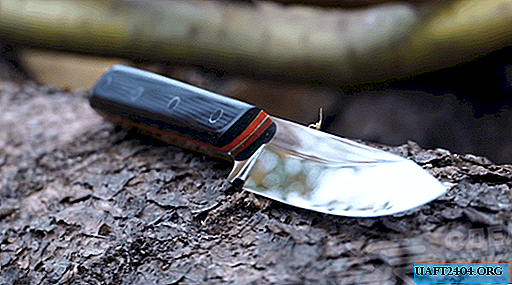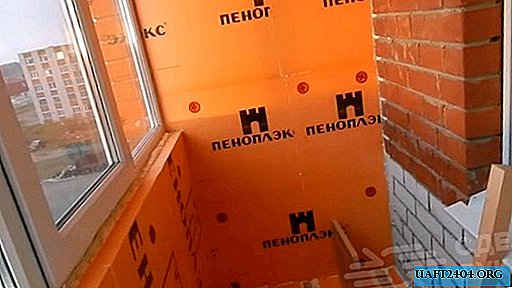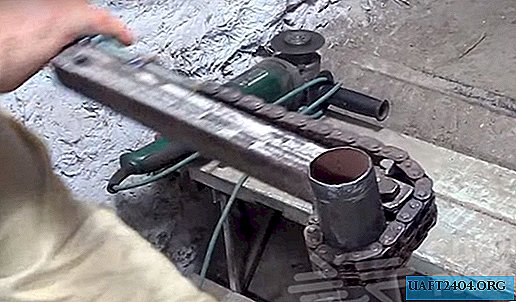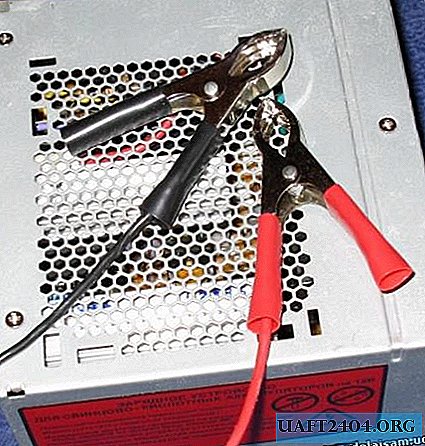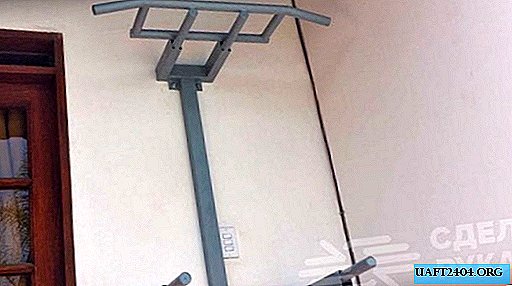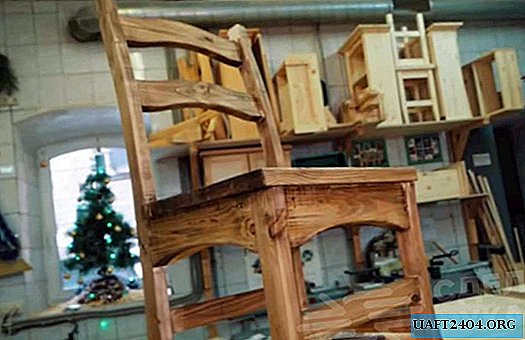Share
Pin
Tweet
Send
Share
Send
Indeed, the sound of this instrument, made of dried cactus and filled with various cereals, resembles the sound when heavy drops of celestial moisture fall on the ground, roofs of houses, drumming on glass.
Later this instrument began to be used in music, giving the songs a special flavor.
There is a belief that if such a flute is filled not just with cereals, but added a few coins, then its owner will always be showered with "money rain" and will never know the need.
Such an interesting artifact can easily be done by yourself.
Here's what you need for this:
- A tube from plastic bags or 2-3 such tubes from under the toilet paper
- A pair of sheets of paper
- Skewers
- PVA glue
- Scissors
- Nail
- Brush
- Filler - a mixture of rice, buckwheat, lentils
- A few coins
- Nippers
To decorate the flute:
- Gypsum or wood putty
- Wood varnish
- Sandpaper
- Twine
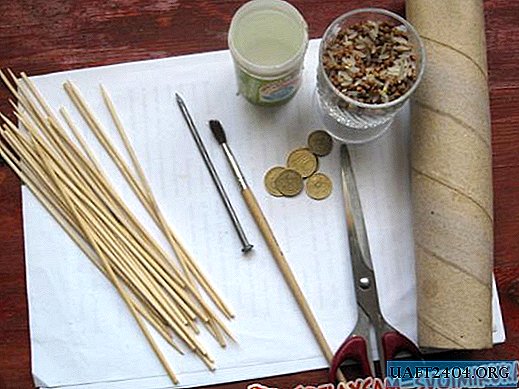
An oblique line is clearly visible on the tube. Along it at a distance of about 2 cm from each other, we make through holes with a nail.

Always hold the nail perpendicular to the tube, then the second line of holes will be flat.

This is how the tube should look after you finish working with a nail.

Now it's the turn of the skewers. Each skewer can be broken in half and passed through two holes, piercing the tube through.

Here's how it looks from the side: threaded skewers form a spiral inside the tube.

We cut the ends of the skewers protruding from the outside with pliers.

Four circles are cut out of paper, with a diameter of about 10 cm. We cut the edges so that we get “suns” with rays.

We coat two "suns" with PVA glue and glue on top of each other at one end of the flute.

Rays should fit snugly together. Now leave the flute to dry for 1-2 hours. After the paper dries, we fill in the filler from the cereals. It is difficult to name the exact amount of cereal - it all depends on the diameter and length of the tube and the cereal itself.
You can try to do this: pour a couple of spoons of filler, cover the second hole with your palm and tilt the flute, if the sound produced by the grains is weakly similar to the sound of rain, then you can fill up or vice versa to remove excess.
Do not forget to throw a few coins and check if their ringing is lost, among the common sound.
After the filler is measured, glue the second hole and again leave the flute to dry. Just do not turn it over immediately, otherwise the croup will stick to the paper and the whole sound effect will be lost.

The next step is to mask the parts of the skewers protruding from the outside. This can be done with putty on wood or plaster. If you work with gypsum, then dilute a small amount to the consistency of thick sour cream.

Using your fingers, apply gypsum over the entire length of the flute, paying particular attention to sharp tubercles.
Leave the flute to dry for one hour.

After hardening on gypsum, there were many sharp “burrs”. They can be easily removed with sandpaper.

We smooth the flute with varnish for wood. It is very easy to lay on gypsum.
We cover the end walls with PVA glue and decorate with the remaining grain. We twist the edges of the flute with twine.

After drying, it seems that the flute is made of wood - it looks so natural.

Share
Pin
Tweet
Send
Share
Send

